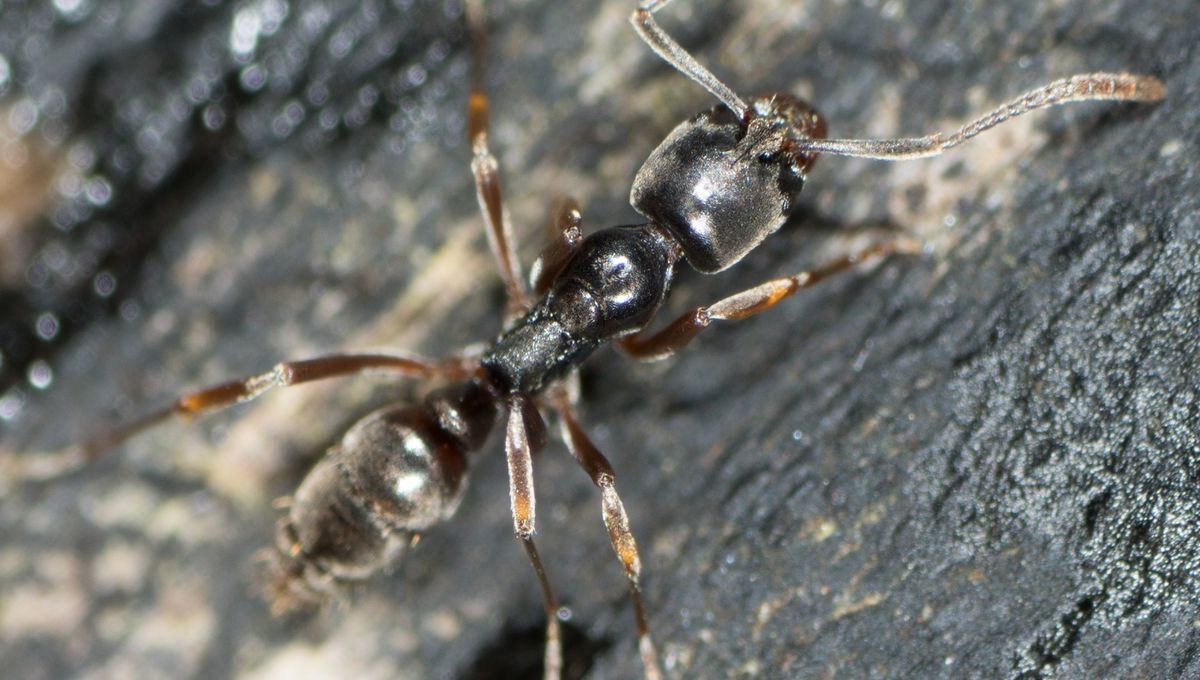
Creepy crawlies can get mixed reviews from even the most enthusiastic of animal lovers. From wasps annoying you during a picnic in the park to ticks spreading Lyme disease, the range of problems these smaller critters can cause is pretty remarkable. Now, an invasive species of ant is causing concern across the USA.
Asian needle ants (Brachyponera chinensis) have been living below the radar in southeastern US states for nearly a century. However, they are beginning to spread to New England and the Midwest, and have even been spotted as far north as New York. While it might seem like ants moving between states is no big deal, these needle ants are becoming a “medically important pest,” Dan Suiter, a professor of urban entomology at the University of Georgia, told FOX Weather.
These invasive ants have a sting that would be painful to anyone affected, but that can also cause a life-threatening allergic reaction known as anaphylaxis in humans, in the same manner as bee and wasp stings. While not aggressive by nature, much like other stinging insects, they will attack if trapped or provoked.
With the ant swarming season about to hit its peak, some are worried that this could present new challenges.
“It gets a little bit more serious when the sting of an insect can be life-threatening to people who suffer anaphylaxis,” said Suiter.
Small, shiny, and dark brown to black, these tiny creatures have been living in suburban and rural areas of the US since the 1930s, but have only been officially thought of as a pest since 2006. As well as their stings causing problems, Asian needle ants can infest homes and have even been found in school cafeterias.
As an invasive species, they are also detrimental to the natural ecology of an environment and can out compete native ant species. They are also known to consume other ant species.
Some control measures have reported some success, explains the US Department of Agriculture, but removing the species from rural environments seems unlikely. Regardless, it’s recommended that anyone with a predisposition to allergic reactions to insect bites should take extra care, and others should familiarize themselves with the symptoms of anaphylaxis.
Such symptoms come on suddenly, and can include: difficulty breathing; swelling of the lips, tongue, and throat; wheezing; hives; bluish skin; confusion; and diarrhea and vomiting, among others.
Anaphylaxis is considered a medical emergency; it should be treated in hospital as soon as possible. Some people with a history of allergic reactions might also carry an adrenaline autoinjector (like an EpiPen), which can also be administered if anaphylaxis is suspected.
The content of this article is not intended to be a substitute for professional medical advice, diagnosis, or treatment. Always seek the advice of qualified health providers with questions you may have regarding medical conditions.
Source Link: Invasive, Venomous Ants Lived Under The Radar In The US For 90 Years – Now They’re Spreading